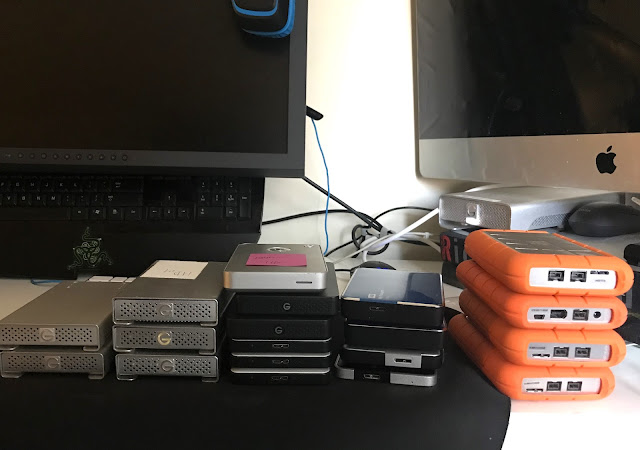YSK: macOS Archive Utlitiy is wasting your time.
This post is part of an on-going series - You Should Know (YSK:) where I shine a light on applications and utilities that can make workflows better and help with some quirks found in macOS and other applications.
Often the first party built-in option can be the way to go but I've taken to using Keka, a free and open-source file archiver for macOS that leaves Apple’s native tool in the dust for speed, flexibility, and security. (This is not a sales pitch, just sharing my findings)
Archive Utility for macOS doesn't offer much configuration options. It's built for simplicity.
I did some tests with Keka. TLDR: this is what I concluded.
- Create archives with Keka.
- Extract archives with macOS.
If you want to know how I came to this conclusion keep reading below.
The Speed Test: Keka is 5× Faster
Using the default settings for both, Keka finished compressing the same folder in about one-fifth the time it took macOS. The resulting .zip files were virtually identical in size Keka it simply uses system resources more efficiently.
Where macOS keeps CPU usage conservative (hovering around 15–25%), Keka pushes it near 95%, taking full advantage of modern multi-core processors.
Extraction: macOS Pulls Ahead
What else does Keka offer?
More Compression Options
Keka doesn’t stop at ZIP. It supports 7Z, TAR, GZIP, BZIP2, XZ, and ISO, among others. That makes it useful for almost everything.
You can tune compression levels for speed or file size, something macOS doesn’t offer users.
Password Protection & Encryption
Need to send sensitive data? Keka lets you add a password and encrypt the archive with AES-256, a gold-standard encryption algorithm used by banks and government agencies.
That means you can protect files without needing to encrypt or password-protect an entire drive. This might actually be one of the best features of Keka.
It’s a lightweight way to secure data before uploading to cloud storage, sending over email, or handing off on a shared drive. (Because cloud providers can and do
snoop around. They can terminate your account without warning. Dropbox,
for example, is not zero-knowledge.)
Adding a password does come with a small time penalty which I saw in my tests. I didn't test the time with encryption but that will certainly increase the time.
Better Resource Utilization
macOS’s Archive Utility is designed to stay out of the way, but that also means it doesn’t take full advantage of modern hardware. Keka, on the other hand, scales CPU usage aggressively which explains its massive performance advantage.
In real-world terms: if you’re archiving large photo libraries, video projects, or raw data sets, Keka can save hours of waiting.











